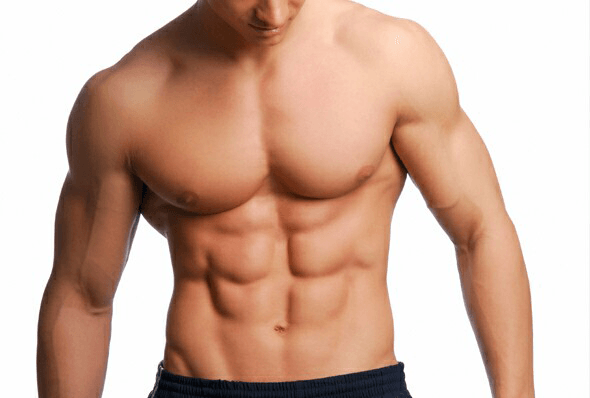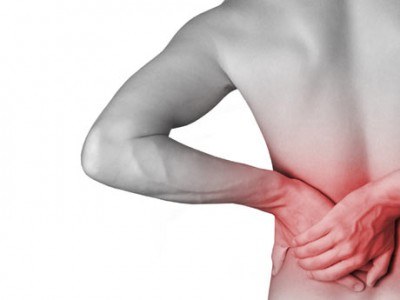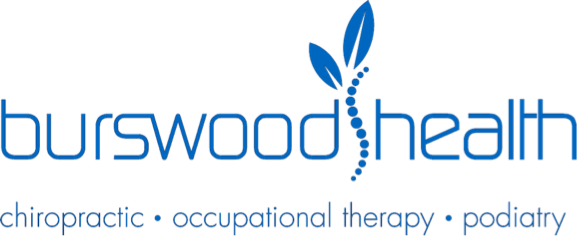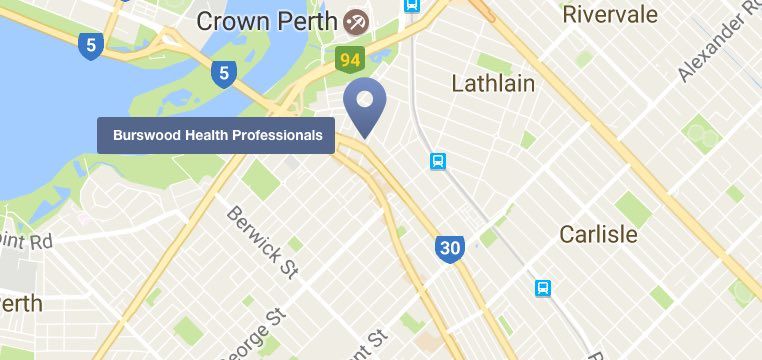Core Strength
People are becoming more aware of the importance of 'core strength' in preventing and managing back pain.
But the concept has been around for hundreds of years. Experienced weightlifters, gymnasts, boxers and martial artists have always made core strength exercises a central part of their training regimen.

Definition of the Core
Your core strength or the "core", is the part of our body between our lower ribs and diaphragm and pelvic floor. The anterior wall is comprised of our abdominal muscles. The sides of our core are a blending of our abdominal and lower spinal musculature and fascia of the thorax and abdomen. The posterior wall is formed by a complex group of back muscles that create lower back strength.
The core is actually a chamber that houses our abdominal organs. And besides walls - front, back and side -it has a roof and floor. The floor is our pelvic floor, which supports our pelvic organs. And the ceiling is the all important respiratory muscle - the diaphragm.
The Core Muscles
The core muscles work in combination to support the whole body. When performing strenuous activities like lifting a heavy weight, they should contract in a synchronised manner in order to increase abdominal pressure and support the lumbar spine. Each muscle group plays a different function, much like the various instruments in an orchestra. A brief overview of these amazing muscles is interesting:
1. The abdominal muscles consist of four muscles:
- Rectus abdominis - the central, outermost muscle that (when fit!) forms the rippled 'six-pack'
- External obliques - running in a diagonal pattern
- Internal obliques - running in the opposite diagonal pattern
- Transverse abdominis - the holy grail of the tummy muscles that gets all the attention
2. The posterior back muscle group:
- The erector spinae - the largest, fleshy group of back muscles that extend and rotate our spine
- Quadratus lumborum - The outermost, or lateral back muscles, that attach our pelvis to our lumbar vertebrae and lower ribs
- Multifidus - these are deep, intrinsic muscles of the spine which are very important in providing positional sense to our brain and also key stabilisation of our lumbar spine.
Other Pain You Might Feel
Muscle Pain
Do you have ongoing muscle pain? Read more about what could be the cause of your muscle pain.
3. The pelvic floor muscles:
- A complex web of strong muscles that actually hold our organs up and in place. These muscles also help control urination and defaecation. Very importantly, they need to be strong enough to contract and support our core chamber when we exert ourselves.
4. The diaphragm:
- The diaphragm is our primary respiratory muscle.
- It is also a key postural muscle
- The diaphragm must be used and trained properly in order to oxygenate our brain and allow us to achieve good posture.
Problems associated with weak core muscles
Core muscle weakness can lead to and is associated with:
- Chronic low back pain - recurring episodes of pain
- Chronic neck pain
- Poor breathing pattern - lack of energy, chronic asthma
- Pelvic floor pain or weakness - urinary incontinence
- Poor posture

Core weakness occurs when the muscles of the lower back, abdomen and pelvic floor cannot properly support a healthy posture and limb movement. When core strength is low, a person usually develops poor posture habits and is at risk of overloading the joints and ligaments in other parts of your body.
Importantly, the core muscle groups must work in harmony - front, back, ceiling and floor - in order to have effective core strength.
Symptoms of core weakness
Core Strength and Sports Injuries
Core strength is essential to maximise athletic performance and avoid sports injuries. This applies to elite athletes through to people on personal exercise programs such as walking, swimming, or gym work. Sports such as lawn bowls, golf, cycling, tennis, and badminton all require core strength. Good core strength helps prevents abnormal loads on muscles, tendons, joints and discs. Proper diaphragmatic breathing, synchronised with core stability control, is necessary to ensure optimal oxygenation and spinal protection while performing any aerobic exercise or activity.
Core strength is essential to maximise athletic performance and avoid sports injuries. This applies to elite athletes through to people on personal exercise programs such as walking, swimming, or gym work. Sports such as lawn bowls, golf, cycling, tennis, and badminton all require core strength. Good core strength helps prevents abnormal loads on muscles, tendons, joints and discs. Proper diaphragmatic breathing, synchronised with core stability control, is necessary to ensure optimal oxygenation and spinal protection while performing any aerobic exercise or activity.

Lower Back Pain
Low back pain is almost always associated with core muscle group weakness. With chronic low back pain, the multifidus group atrophies and loses strength. This means protective control and support of the lumbar spine is lost, leading to recurring episodes of back pain. The signs of chronic core weakness are a slumped or a slouched posture which leads to further back strain, ligament damage and degenerative change. Chronic back pain is then perpetuated by worsening instability and more frequent episodes of pain.
Poor Balance
A strong connection exists between weak core muscles and poor balance. Balance is critical to preventing injury and in maintaining an active lifestyle.
Try this test of core strength while standing in a doorway for support:
Don't touch the door frame unless you need to steady yourself.
Stand on one foot for 30 seconds. Then stand on the other foot. Is it easy, or hard? Often one leg is more stable than the other.
Now try doing this for 10-20 seconds with your eyes closed. This is much harder than with the eyes open!
If you can't hold the position for at least 30 seconds with eyes open, then you may have core weakness. (And you certainly need balance training work!)
The treatment
Burswood Health's multi-disciplinary team of chiropractors, podiatrists, and occupational therapists have a strong focus on back pain, neck pain and osteoarthritis. We evaluate each person and thoroughly assess any musculoskeletal problems that are contributing to pain or weakness.
We will assess your core strength, breathing pattern, balance and fitness - since weakness in one or all of these areas is often associated with chronic back or neck pain. We will recommend an Active Care program that includes small changes in daily habits and easy to follow core exercises. We will show you how to perform simple exercises at home which will build essential core strength and balance. You will gradually feel better and stronger - and people around you will notice the difference!
Call our friendly staff on 08 9361 2628. We will answer all your questions and make an appointment to see how we can help you .


